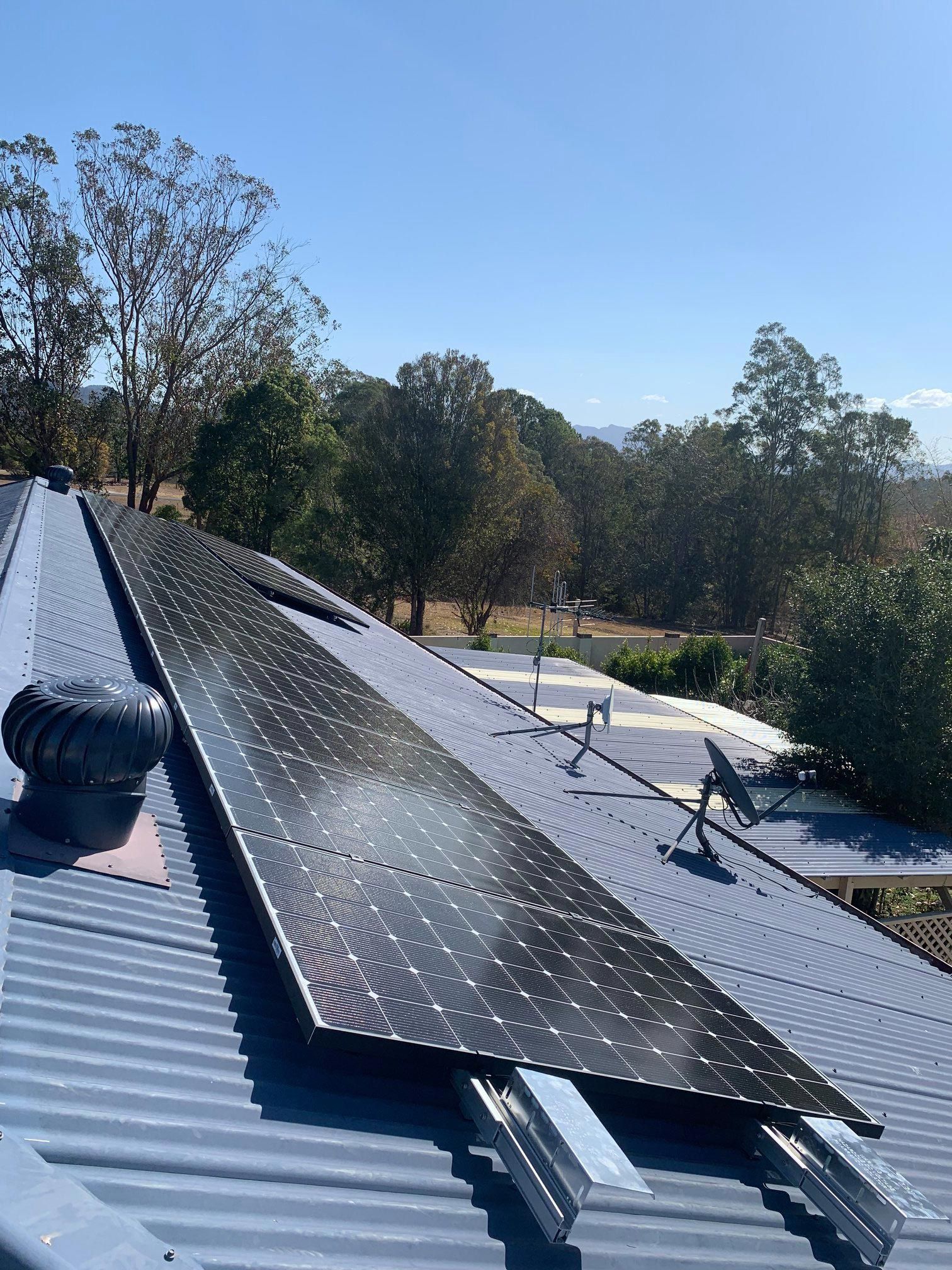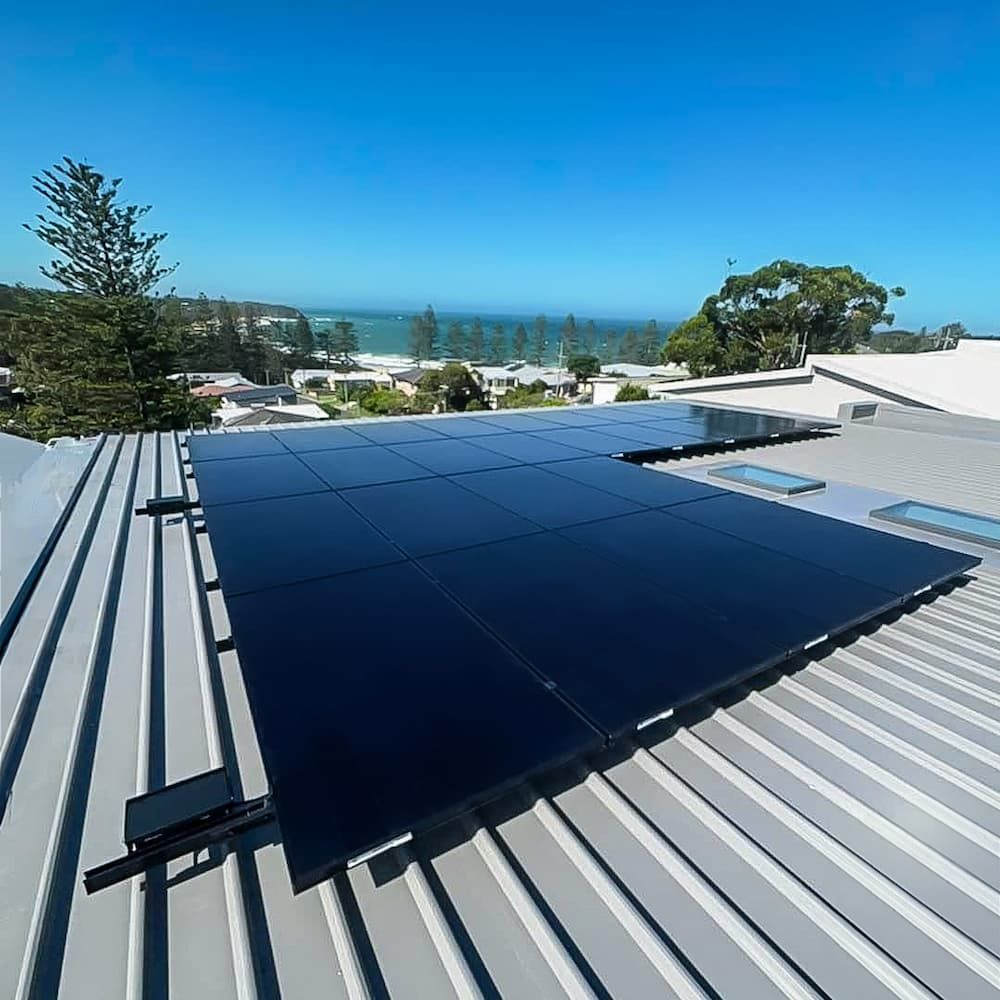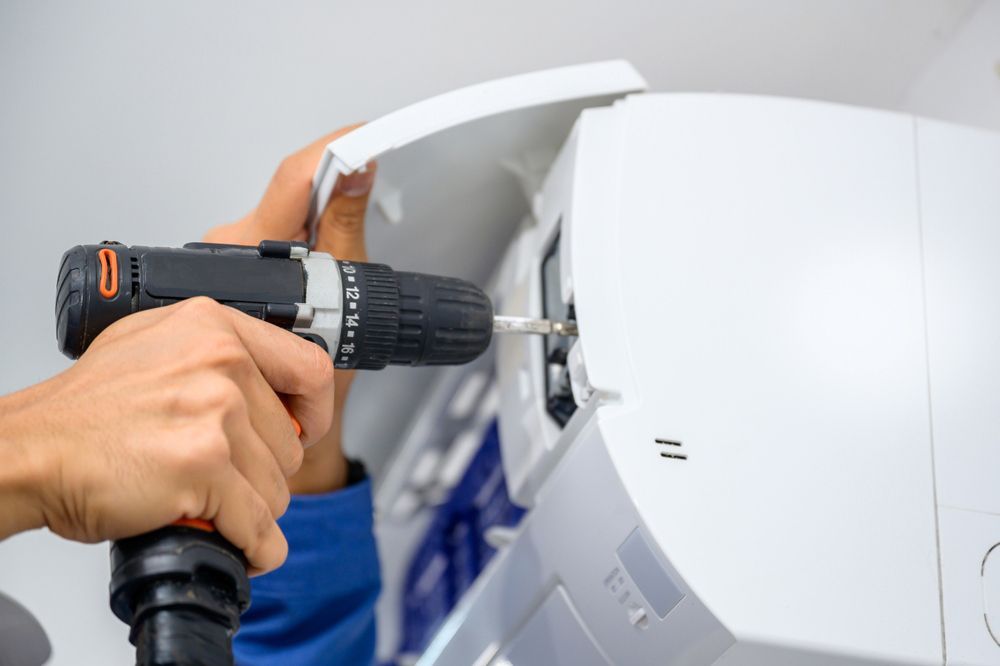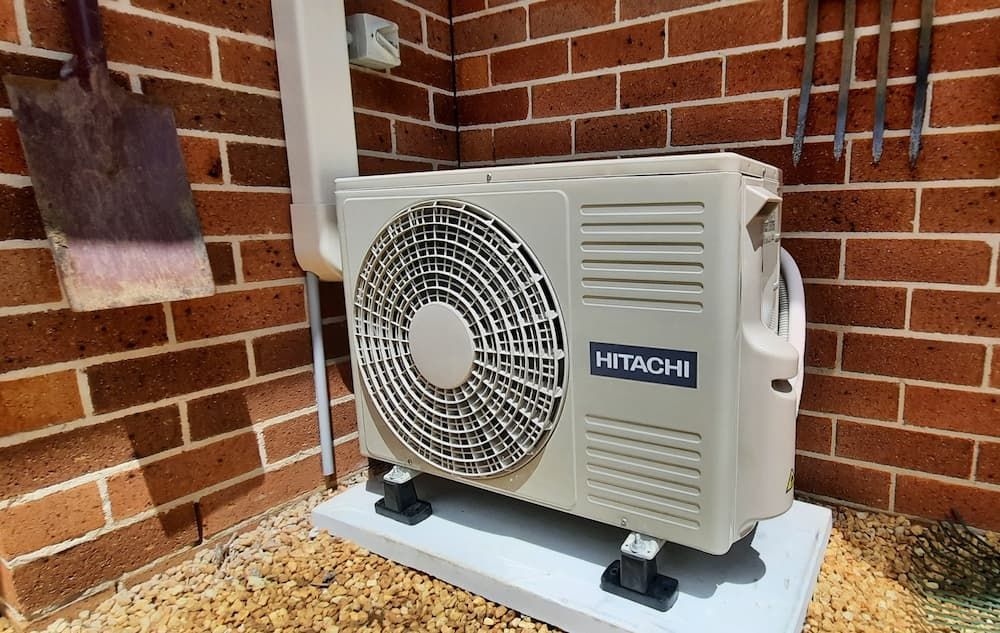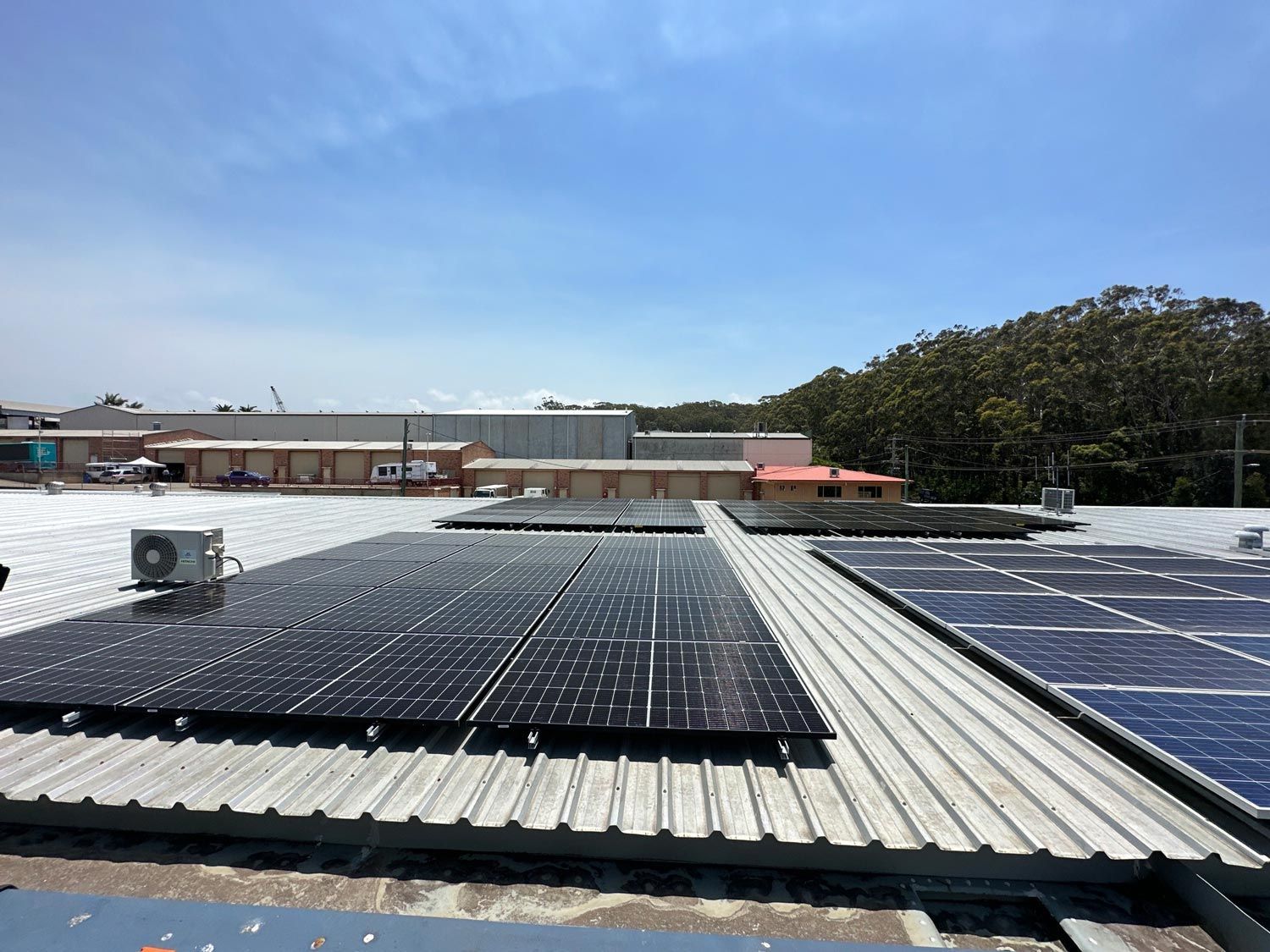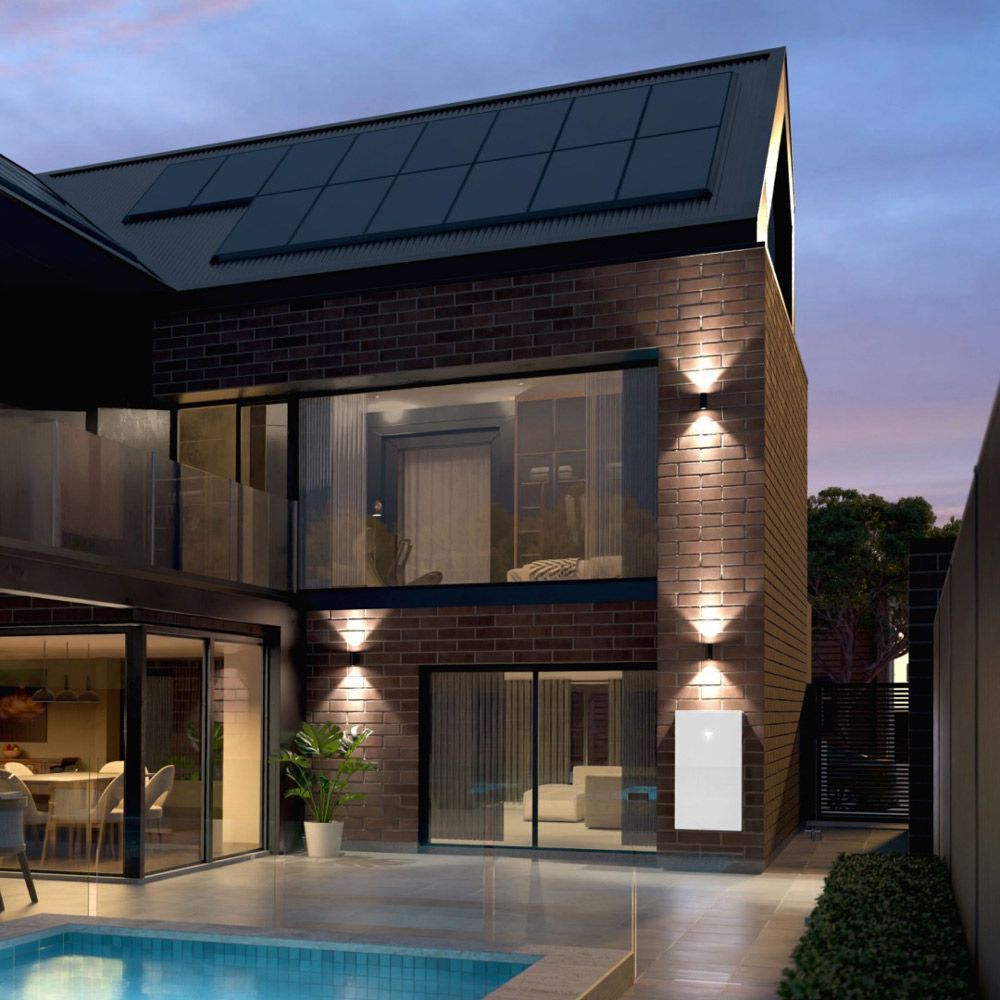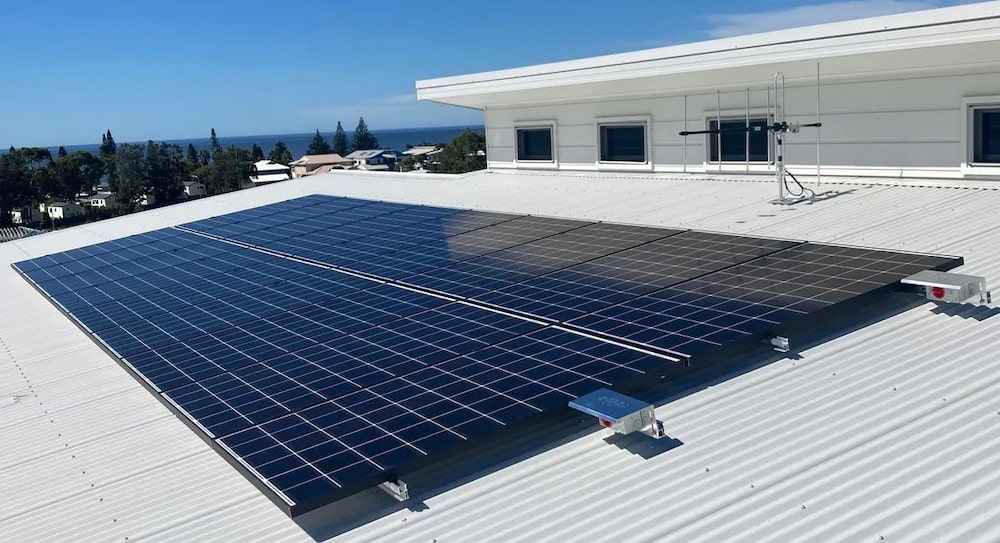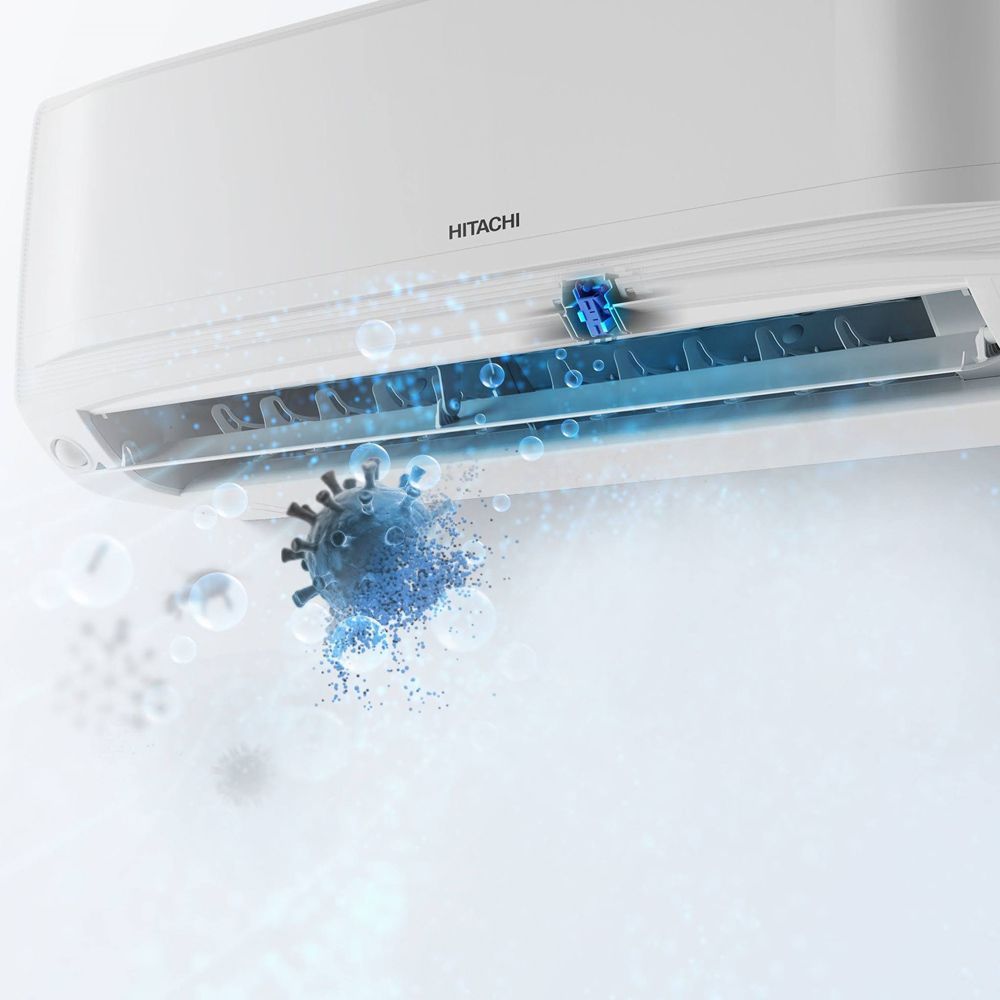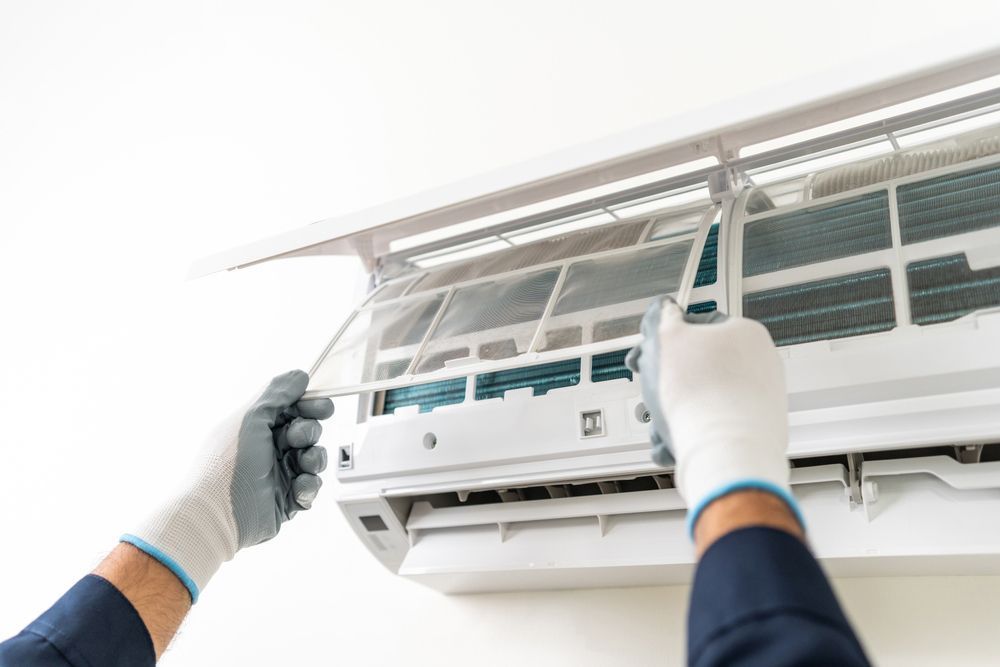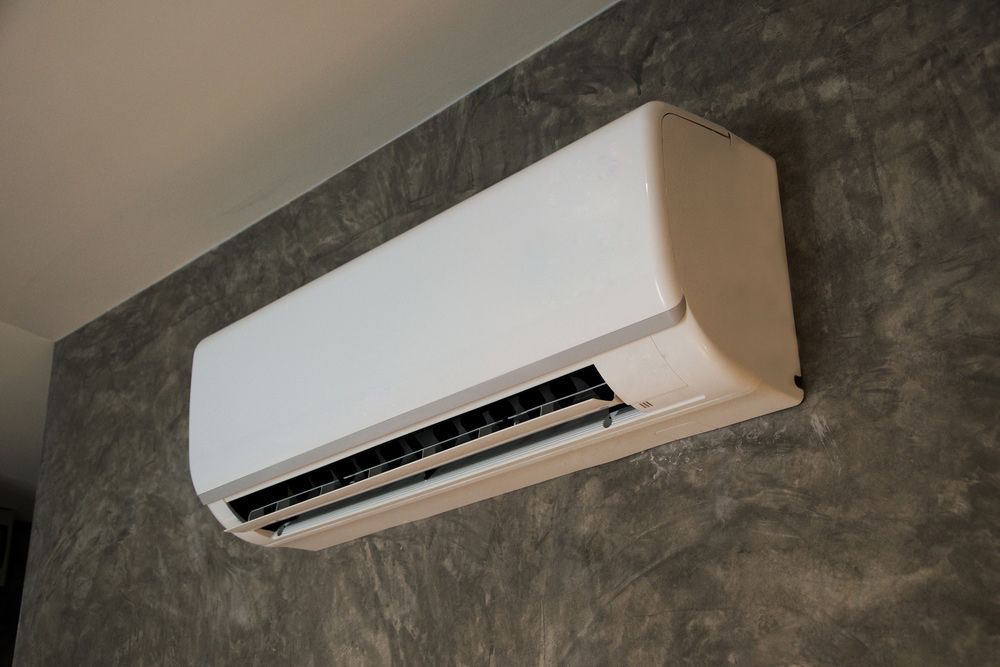Can You Install Air Conditioning In An Old House?
August 29, 2023
When one thinks about classic
homes with period features, the picture that emerges is one of timeless beauty. However, these structures can pose a unique set of challenges when it comes to modern conveniences like
air conditioning. As with any major home project, it’s important to understand the intricacies of your property, the available technology, and the related legal and logistical considerations.
Historical Home Constraints: The Installation Challenge
Many older homes come with unique structural and architectural designs that might make the introduction of contemporary comforts more challenging. From narrower spaces to special materials, these homes are built differently than their modern counterparts. Thick stone walls, for instance, can pose a challenge when attempting to retrofit a cooling system.
Navigating Heritage Listings: Legal Considerations
- Some older homes may have heritage listings which mean they hold significant cultural, historical or architectural value.
- Modifying these properties, including installing air conditioning, may require special permissions or be restricted altogether.
- Before proceeding with any installation, it’s essential to check if the property is heritage-listed and, if so, to seek the appropriate permissions.
Modern AC Systems: Adapting to Old Infrastructure
Ductless Mini-Splits
These systems don’t rely on ductwork, making them an excellent choice for homes where installing extensive ducts is impractical. Each unit can cool individual rooms or zones, offering precision in temperature control.
Energy Efficiency: Balancing Comfort with Sustainability
In the modern age, there’s a conscious shift towards sustainable living. Older homes, while charming, aren’t necessarily the most energy efficient. When introducing air conditioning, it’s essential to choose systems that won’t only cool the space but do so efficiently. Energy-efficient units not only reduce utility bills in the long run but also reduce carbon footprint, making it a win-win situation.
Maintenance Tips: Ensuring Longevity in Older Settings
- Regular Cleaning: Cleanliness is paramount. Filters, vents and units can accumulate dust, pollen and debris over time. Regular cleaning ensures the system runs at peak efficiency and the air quality remains optimal.
- Inspections: A little vigilance goes a long way. Schedule periodic inspections to monitor the system’s health. These checks can detect potential issues early on, facilitating timely interventions and preventing costly repairs in the future.
- Optimal Settings: While it might be tempting to push the system to its limits on exceptionally hot days, it’s advisable to avoid extreme thermostat settings we suggest 21-23 degrees temperature setting on cooling and heating. Consistent and moderate temperatures not only ensure prolonged system life but also provide a comfortable environment.
- Address Moisture: Older homes can be prone to moisture or dampness. Regularly check the drainage systems and ensure that the AC units are effectively removing humidity (especially on 'DRY' mode setting) preventing mould growth and potential health hazards.
- Seek Guidance: When in doubt, seek guidance. Regular consultations with knowledgeable individuals can provide valuable insights on tailored care for AC systems in older homes, ensuring their longevity and efficient performance.
Get the Support You Need
As a resident in an older
home, the journey to modern comforts while preserving the essence of the property can be intricate. But it needn’t be navigated alone. At
Mackies, we understand the unique challenges that come with such properties. Let’s explore the best possible solutions for your needs, together.
You can reach out to us on (02) 6552 2377 for help!

